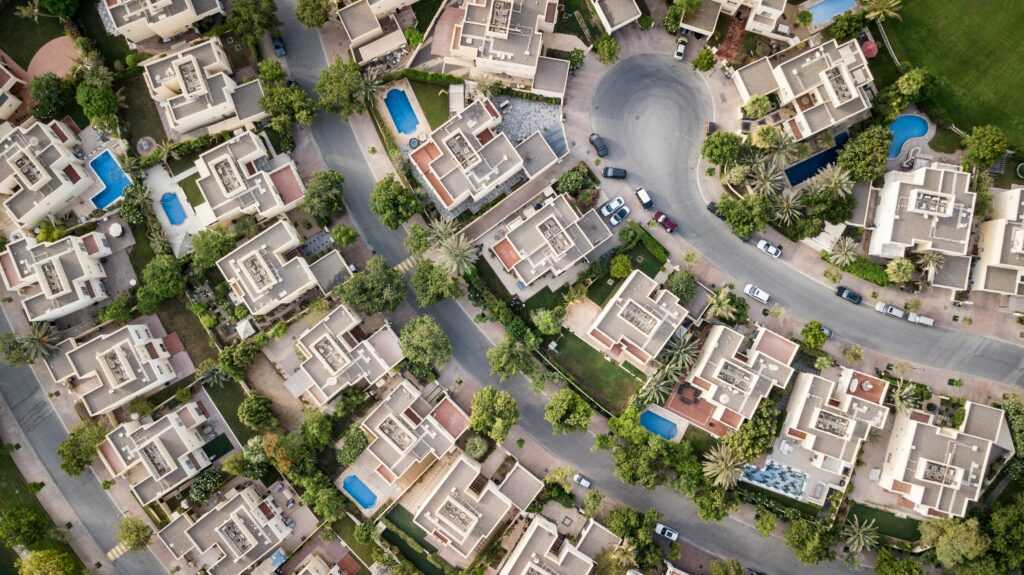Why 1882×296 Even Exists
Let’s break it down. 1882×296 represents width by height, in pixels. It’s often geared toward wide, horizontal placements—typically above the fold on landing pages, within headers, or in promotional email marketing templates. The size gives you a broad canvas while maintaining a reasonably low vertical footprint. That means eyecatching graphics without pushing other content too far down the page.
This format balances visibility and subtlety. It’s wide enough to stretch across fullscreen desktops but not so tall that it disrupts user flow. That’s why many designers and developers keep this size ready in their asset toolkit.
Benefits of Using 1882×296
There are a few practical reasons designers lean into this dimension.
1. Versatile presentation: Whether you’re making a static banner or a motion graphic ad, the wide layout gives flexibility for text overlays and highimpact visuals.
2. Optimized for UI integration: It’s big enough to draw attention, but small enough not to eat into navigation or secondary content areas. Most modern frameworks support this ratio well.
3. High DPI support: When scaled correctly and exported with retina or highres settings, it maintains sharpness even on 4K displays.
4. Less visual fatigue: Tall banners can overwhelm users. A wide but short layout lets you deliver messages without spamming eyeballs.
Best Use Cases for 1882×296
Let’s get practical. Where does this dimension shine?
Homepage hero banners: Perfect for quickly grabbing user attention with a sharp, landscape promo image. Email headers: Many marketers use this as a top visual in engagement campaigns. Digital signage templates: Especially good for landscape screens used in conference displays or big retail. Topbar promotional notices: Campaigns that cycle through promotions (think “Buy one, get one” offers) often use the 1882×296 format.
When building these assets, start with a canvas in your design tool set to that exact size. Template it. Reuse it. Save keystrokes.
Design Tips for Working With 1882×296
So you’ve got your blank canvas set to 1882×296. Now what?
Avoid cluttering the horizontal space: Pare your message down. Bold font, crisp iconography, short CTA. Stick to visual hierarchy: Anchor your content left, center, or right. Don’t scatter elements across the full horizontal stretch unless you’re consciously framing. Mind the compression: Export at double size (3764×592) and scale down during implementation to maintain clarity and antialiasing. Choose colors that pop on both light and dark backgrounds: This makes the banner adaptable when used across multiple pages or apps.
Compatibility and Technical Considerations
You can’t talk about banner dimensions without understanding limitations.
Many CMS platforms, ad networks, and email clients have recommended max widths. While 1882 pixels is generous for desktop displays, it may require responsive resizing for tablets and smartphones. Build with mobilefirst thinking in mind.
Some platforms automatically compress or resize uploaded assets. Know your system constraints. If that’s an issue, export your graphic with some buffer padding, and lock in key visual elements around the center axis—so they don’t get cropped.
Use formats like WebP or AVIF if you prioritize speed. For email assets, stick to PNG or JPEG for broader support.
When Not to Use 1882×296
This dimension isn’t a onesizefitsall. Here’s when to avoid it:
When your audience is primarily mobile: Small screens may end up zooming out too much on a banner this wide. Consider narrower ratios like 1200×400 or use fluid, stackable elements. When text readability is critical: If you’re fitting a paragraph of copy, the text can feel horizontally stretched. Trim the copy or pick another format. When it breaks your grid layout: If your grid system is 1140pxmax width (as many Bootstrap themes are by default), cramming in an 1882px banner could cause overflow issues.
Save Time With Templates
Once you’ve built strong visuals in the 1882×296 format, save them as base templates. Then just swap in headlines, images, and brand colors when starting a new campaign. It’ll cut turnaround time and ensure brand consistency.
Use simple naming conventions like promo_1882x296_summer2024.png so you can easily locate files in shared folders or asset libraries.
Summing It Up
The 1882×296 pixel dimension isn’t magic. But it is practical. Content creators, marketers, and designers use it because it fits well in modern digital layouts without overstepping boundaries. Treat it like a standard tool in your creative belt—reliable, scalable, and clean.
Next time you’re building a banner or topplaced callout, try designing with 1882×296. You’ll know exactly what it offers: just enough space to make your message land, without crowding the screen.


 Dawnicky Sumpter
Bankroll Management Advisor
Dawnicky Sumpter brings a wealth of experience in financial planning and gambling psychology to her role as Bankroll Management Advisor at Prime Gambling Way. With a focus on responsible gambling, Dawnicky provides bettors with the tools and strategies they need to manage their finances effectively while pursuing their passion. Her advice is rooted in practical techniques for balancing risk and reward, ensuring that users can enjoy gambling without compromising their financial stability. Through articles, workshops, and one-on-one consultations, Dawnicky is committed to helping gamblers build sustainable habits that support long-term success in the industry.
Dawnicky Sumpter
Bankroll Management Advisor
Dawnicky Sumpter brings a wealth of experience in financial planning and gambling psychology to her role as Bankroll Management Advisor at Prime Gambling Way. With a focus on responsible gambling, Dawnicky provides bettors with the tools and strategies they need to manage their finances effectively while pursuing their passion. Her advice is rooted in practical techniques for balancing risk and reward, ensuring that users can enjoy gambling without compromising their financial stability. Through articles, workshops, and one-on-one consultations, Dawnicky is committed to helping gamblers build sustainable habits that support long-term success in the industry.
